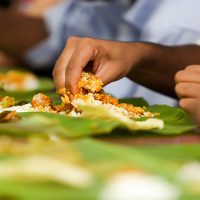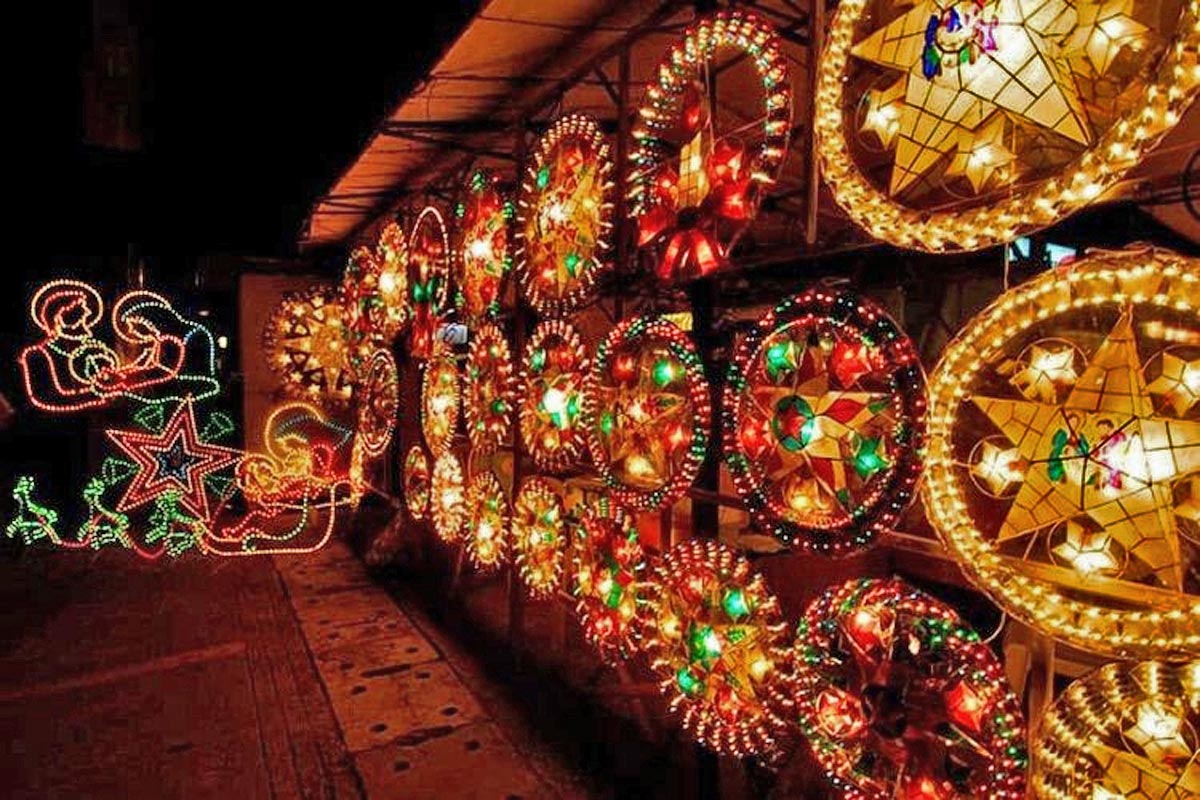
Around the world, the holiday season is associated with waking up to a white Christmas or seeing snow-capped trees and houses. In the Philippines, however, the scene is a little different. Despite that, the Filipinos have made Christmas their own, fully embracing the holiday spirit and pulling out all the stops to celebrate the season the Filipino way.
Here are some of the most beloved Christmas traditions in the Philippines that make this season the best part of the year:
1. Ber Months
In the Philippines, preparations for the holidays start as early as September 1, making it the longest Christmas celebration in the world. This is because Filipinos consider the months ending with the syllable ‘ber’ as Christmas months.

By this time of the year, Christmas songs will be playing in radios, TV commercials, supermarkets, and malls. Christmas trees, lights, and other colorful decorations will also start popping out everywhere, reminding everyone that the holiday season is upon us.
The Philippines not only start Christmas early, but they also extend it until the Feast of the Three Kings in January.
2. Belen
In the Philippines, nativity scenes or belens, are set up not only in churches but in neighborhoods, offices, and schools. Some schools organize plays where students reenact the day Jesus was born, dressing up as the Holy Family, the three Kings, and even the barn animals.
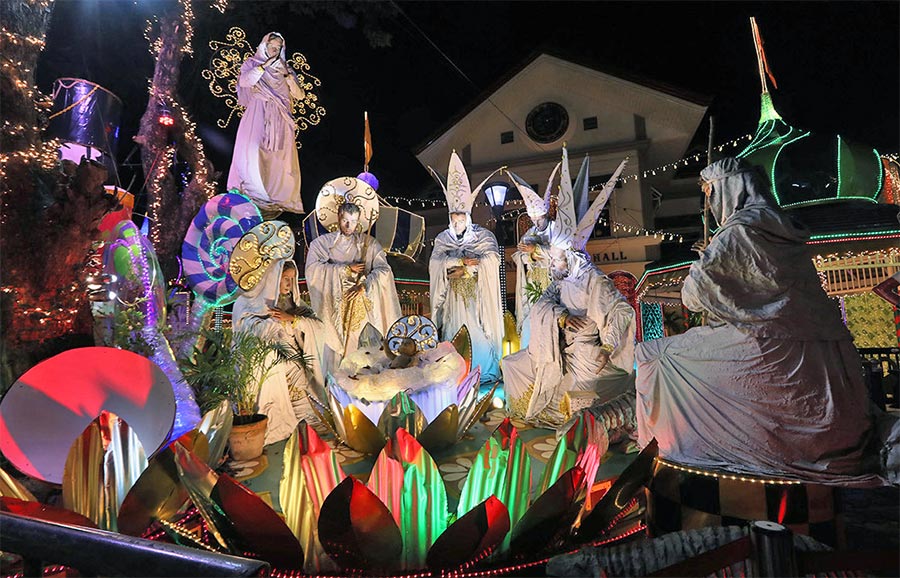
Some places also hold belen-making competitions. Decorative belens can be made from materials like wood, ceramic, and other recycled materials.
For the religious Filipinos, this decoration serves as a reminder of what Christmas is truly all about.
3. Parol
While a belen highlights the religious values of the Filipinos, a parol or Christmas lantern highlights the creativity and resourcefulness of the Filipinos.
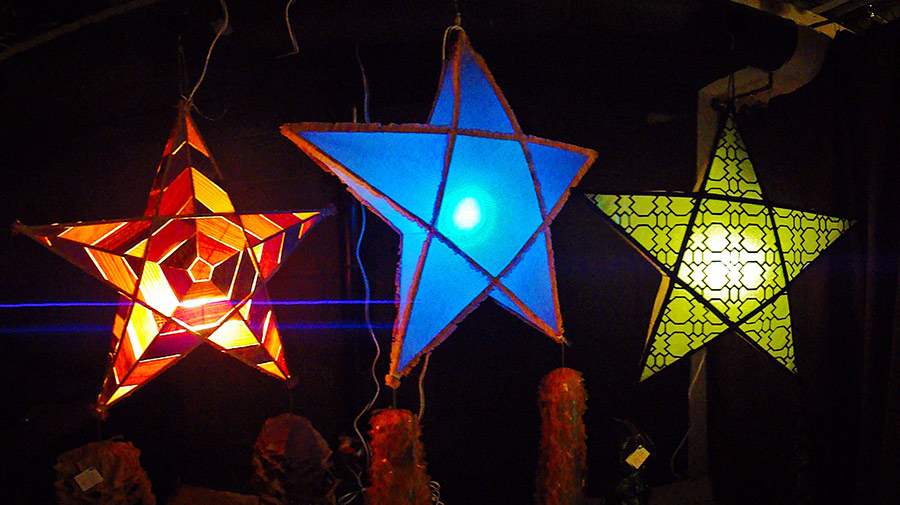
Streets during the holiday season would usually be covered in five-pointed stars in varying shapes, sizes, and materials. Traditionally made from colorful paper and bamboo sticks, the parol has evolved into different creative designs. The more contemporary parols are now made in materials like capiz shells, fairy lights, and even beautifully-recycled plastic. In one of the provinces of the Philippines, a Giant Lantern Festival is held annually as a tradition.
Despite its immense popularity, the parol actually has humble origins, originally made to hang on lamp posts to guide mass-goers to Simbang Gabi.
4. Simbang Gabi and Misa de Gallo
Simbang Gabi, loosely translated as Night Mass, is a nine-day series of early morning masses leading up to Christmas Eve.
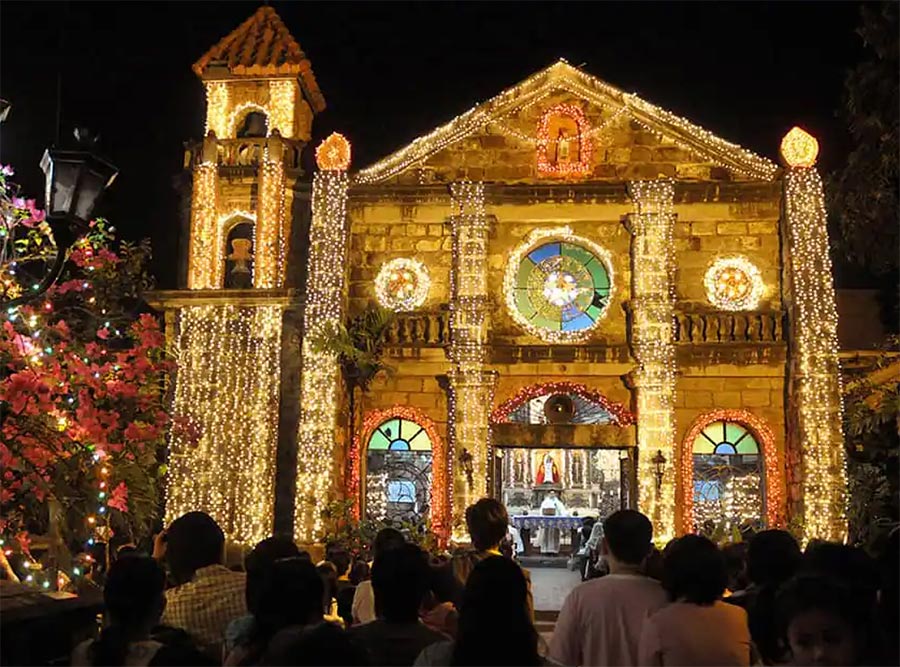
Filipinos wake up at dawn to attend mass at their local churches at 4 in the morning because if you complete all 9 days of Simbang Gabi, it is traditionally believed that you can make a wish and your wish will come true. Filipinos who were successfully able to complete all services make their wishes during Misa de Gallo, the first mass after Simbang Gabi.
The mass is also a celebration that includes lighting candles and sometimes a retelling of the story of how Jesus was born.
5. Bibingka and Puto Bumbong
Getting up for Simbang Gabi is not always easy, which is where bibingka and puto bumbong come in. These two rice cakes are the most sought-after snacks during Christmas season.
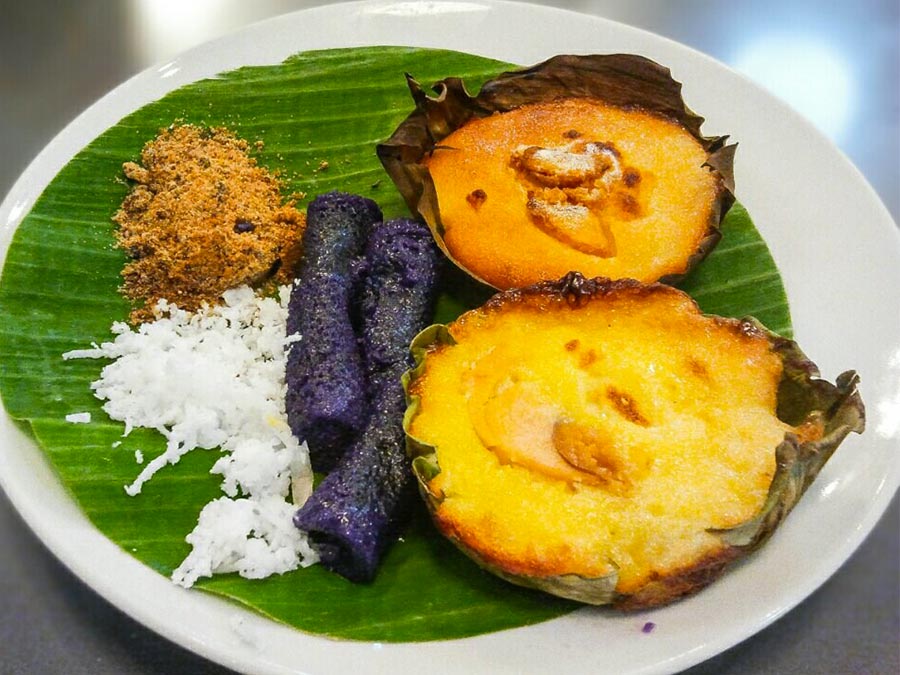
Bibingka is a flat, round rice cake baked in clay pots and leaves. It’s often cooked with salted egg and sprinkled with coconut shavings on top. Puto bumbong, on the other hand, is a purple delicacy made with sticky or glutinous rice that is steamed in bamboo tubes. It has a delicious subtle taste which is sweetened with a light dusting of brown sugar and coconut shavings.
Church-goers often buy bibingka and puto bumbong outside the churches. Nowadays, these are sold outside places like malls and shopping centers.
6. Christmas Bonus and 13th Month Pay
Aside from the delicious puto bumbong, another Christmas staple that every employed Filipino loves during this season is their 13th month pay or Christmas bonus.
The 13th month pay in particular is a mandatory benefit that private-sector employers are required to give their employees on or before the month of December.
This significantly adds to the joy and excitement of the holiday season because it allows employees to do their personal traditions of Christmas shopping, giving gifts to their loved ones, and hosting fun Christmas parties.
7. Caroling
Some may know caroling as a whole production of people with heavenly vocals and coordinated outfits singing well-rehearsed Christmas tunes. Caroling in the Philippines, however, has an entirely different form.
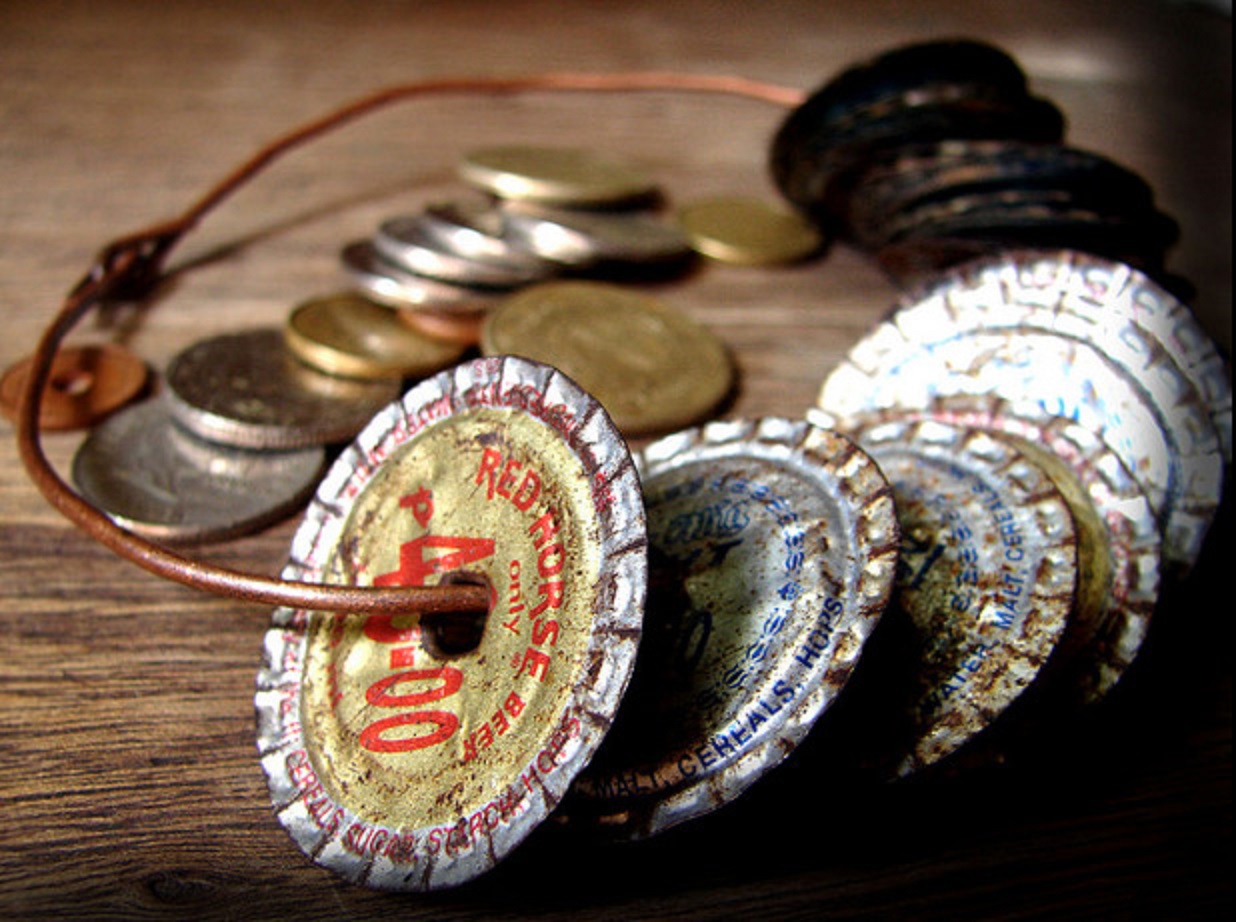
Filipino kids go from house to house, starting from early December, to sing familiar Christmas tunes like “Pasko Na Naman” or “Ang Pasko ay Sumapit” with improvised musical instruments like tambourines or drums made from bottle tops, cans, or biscuit tins.
Some Filipinos also sing in parks, hotels, restaurants, and even in public transportations. This tradition is often meant to be more humorous, reminding Filipinos of the Christmas cheer.
8. Monito Monita
Monito Monita is the Filipino version of Secret Santa. During Christmas, adults often throw Christmas parties whether that’s in the office, among friends, or as a family reunion. One of the main activities is exchanging gifts or Monito Monita.
There are many versions to this gift-giving tradition, but the most common one involves everyone creating a wish list and preparing a gift to an anonymous person who will be revealed during the Christmas party.
Known to be a friendly and hospitable people, Filipinos like to express their gratitude by sharing their blessings with loved ones especially during Christmas. That said, Filipinos who traditionally enjoy giving, also enjoy receiving gifts.
8. Aguinaldo or Pamasko
While the adults are having fun, Filipino children have their own gift-giving tradition.
An aguinaldo or pamasko is a gift that generous godparents, known as Ninongs and Ninangs in the Philippines, give to their godchild or inaanak. Aguinaldos often come either in gift-wrapped trinkets or money placed inside red envelopes.
This tradition is another reminder for Filipinos that Christmas is indeed a season of giving.
10. Noche Buena and Media Noche
Typically celebrated at midnight, Noche Buena is the lavish feast Filipinos observe on Christmas Eve. Media Noche, on the other hand, is celebrated on New Year’s Eve.
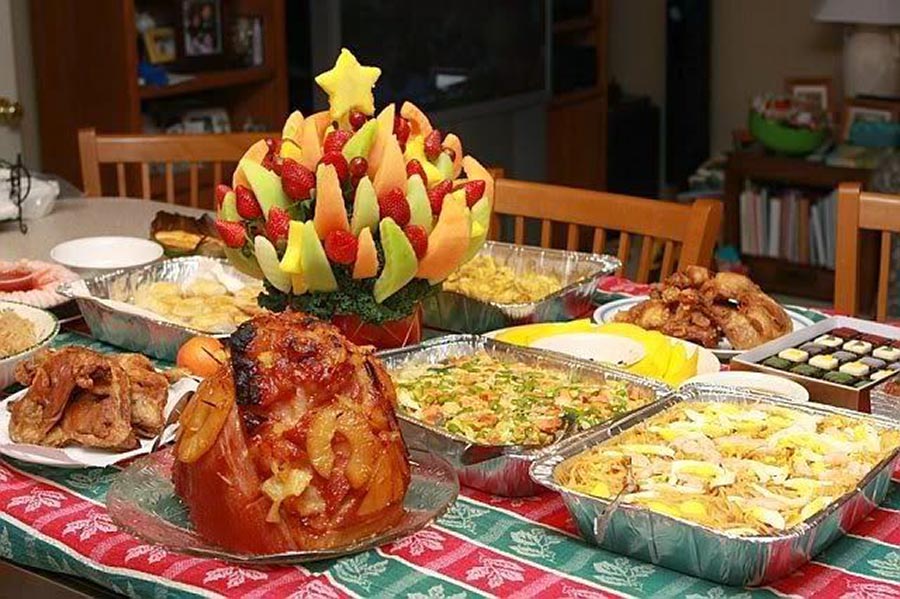
Noche Buena is when family and friends prepare elaborate food like ham, queso de bola, spaghetti, and desserts like leche flan and fruit salad. Some of the most popular food prepared during Noche Buena are listed here.
While celebratory holiday dinners are universal, Filipino Noche Buenas are usually celebrated with extended families, neighbors, and family friends, a reminder that Christmas is all about celebrating with people you love.



